Color Tetra Pak Collagraph Print
I veered off the Mokulito (Wood Litho) printmaking trail to take a little hike with Tetra Pak prints this week. If you’re not familiar, Tetra Pak is the material used to package boxed soup, wine, almond milk, and the like.
The foil and plastic lining in Tetrapak containers wipes clear of ink, and the layer just under the foil – after you cut a shallow shape and peel it away – is rough enough to hold inks for printing intaglio style.
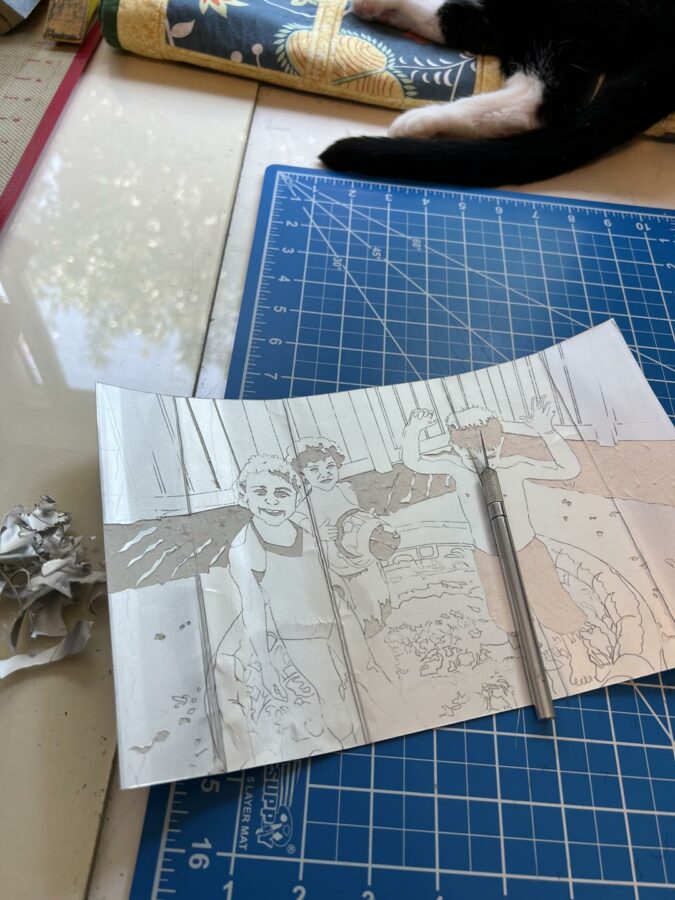
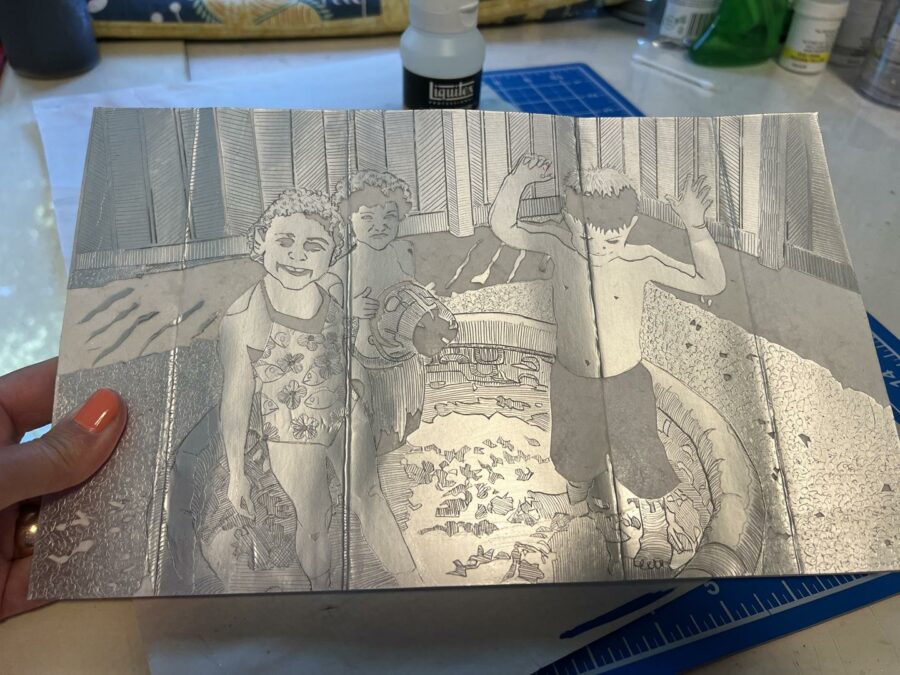

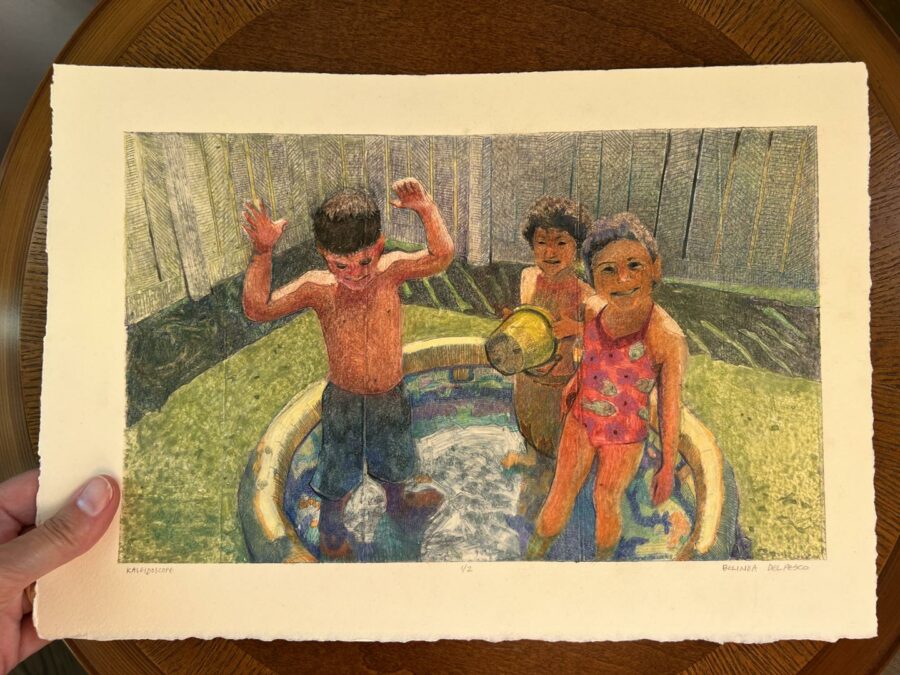
Inventive Art Supplies Book
Janine Vangool is the creator and publisher of Uppercase – a quarterly craft, illustration, and design journal. In addition to the magazine, Janine publishes books on designers and creatives, as well as media topics like Stitched Illustration, Printmaking, and Ceramics.
Her most recent book publication is called Art Supplies – Ingredients of Creativity, and it profiles about fifty artists focused on the origins, lore, and love of art-making ingredients, materials, and accessories. I’m honored to be included in this lovely publication.
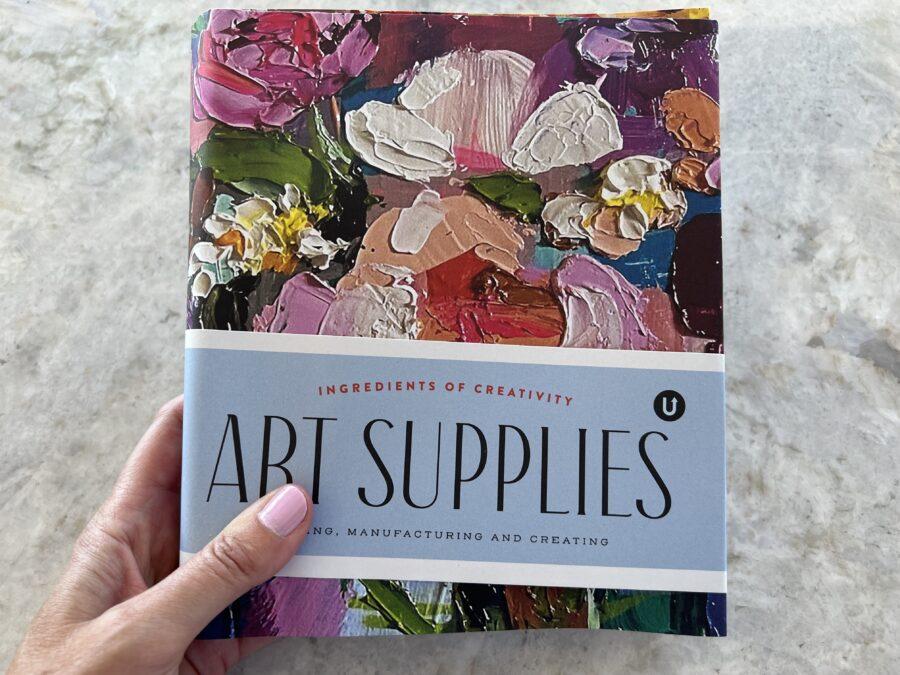
Resourceful Art Supplies
During the Pandemic lockdown, like many artists, I scoured the house for atypical art supplies. In retrospect, testing unintended printmaking plates and transfer methods was a perfect distraction to ward off the anxiousness skulking around the globe.
I test printed drypoint engravings and monotype prints from plastic food containers – and collagraph prints from popsicle cartons.
I also tested hand-transfer methods for tiny drypoints for artists who don’t have presses. (I was one of you press-less artists for decades, and I remember that I *pined* for alternatives to a press.)
A few of my experiments are in the Upcycled section of this book. It’s beautifully printed, and the pages feel good in your hands. There’s a video flip-through of the book below. (You can order one here.)
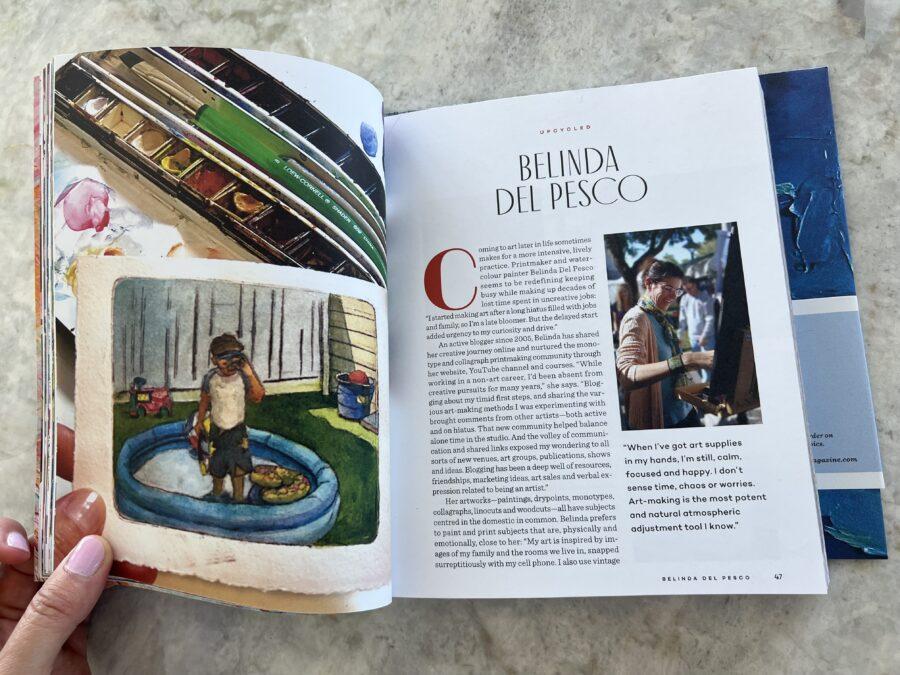
Upcycled Art Supplies
Here are some of the posts from my experiments with printmaking using recycled household materials:
- Drypoint etching of a tiny portrait printed from a recycled plastic cookie container without a press
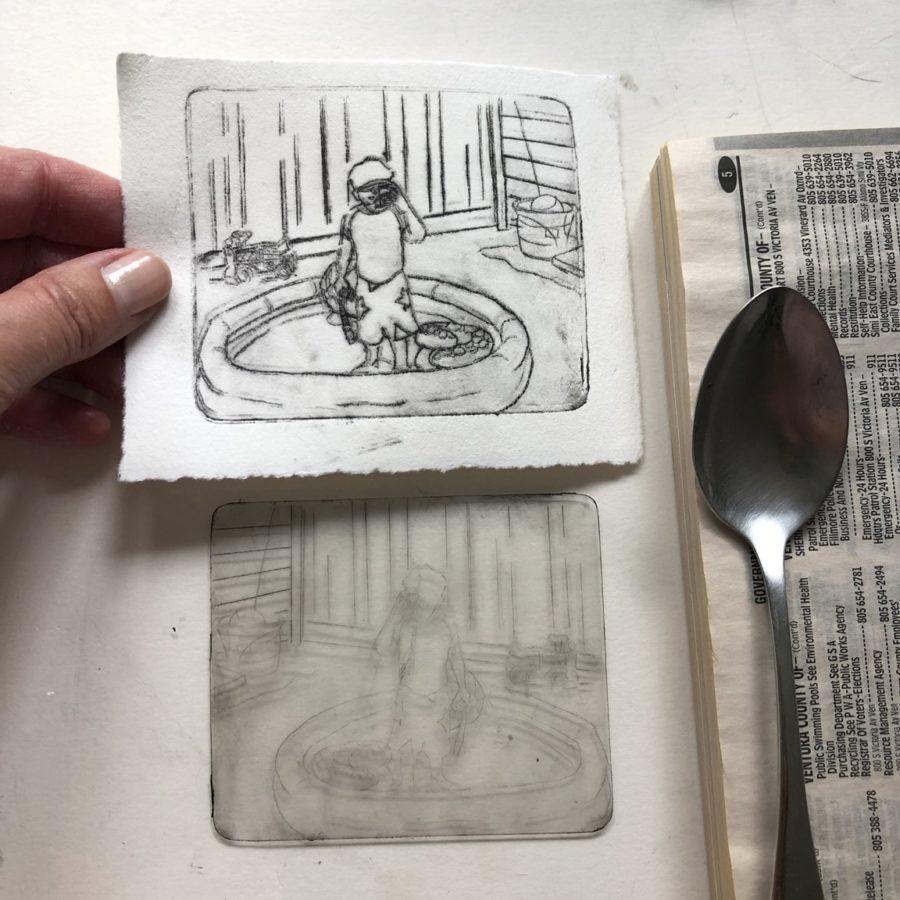
Artist Test Pilots…
They say necessity is the mother of invention, so a shortage of conventional art supplies guided a torrent of printmaking experiments worldwide.
All those fun ideas were shared online so other artists could give them a twirl too. Yayyy for sharing, and Yayy again for the gentle reminder that as artists, we are born experimenters. None of us are born with artsy-know-how, but we *are* all born as naturally curious children.
Our challenge is to guide the grumpy-judges we procured as adults into a time-out closet, to extend permission, and territory and time for our curious, experimental, busy hands. Fire your critic for the day, and make something.
Thanks for stopping by, and I’ll see you in the next post,
Belinda
P.S. Artists using recycled packaging for printmaking are sharing lovely work on Instagram – like Karen Wicks, Sue Brown, Sarah Conner, and Sam Hodge.
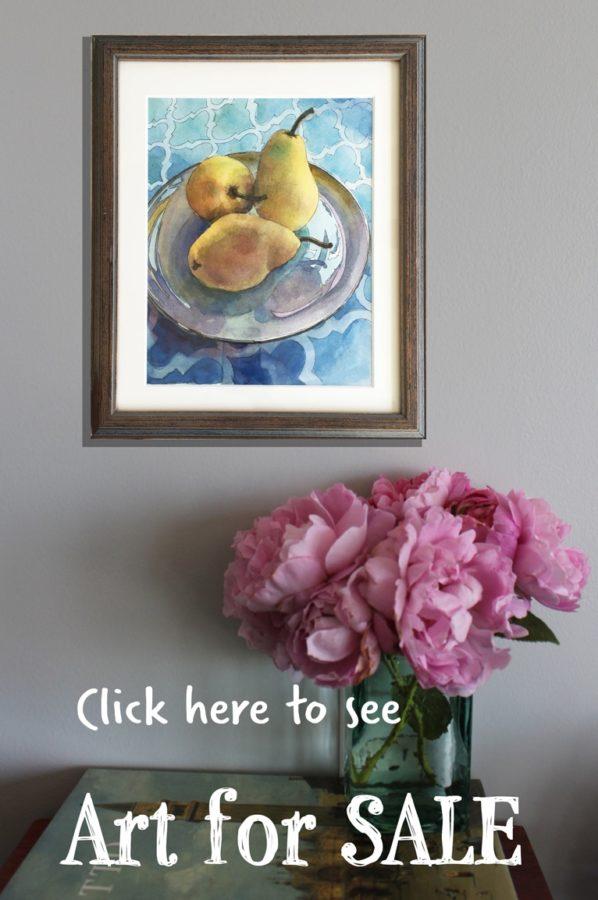

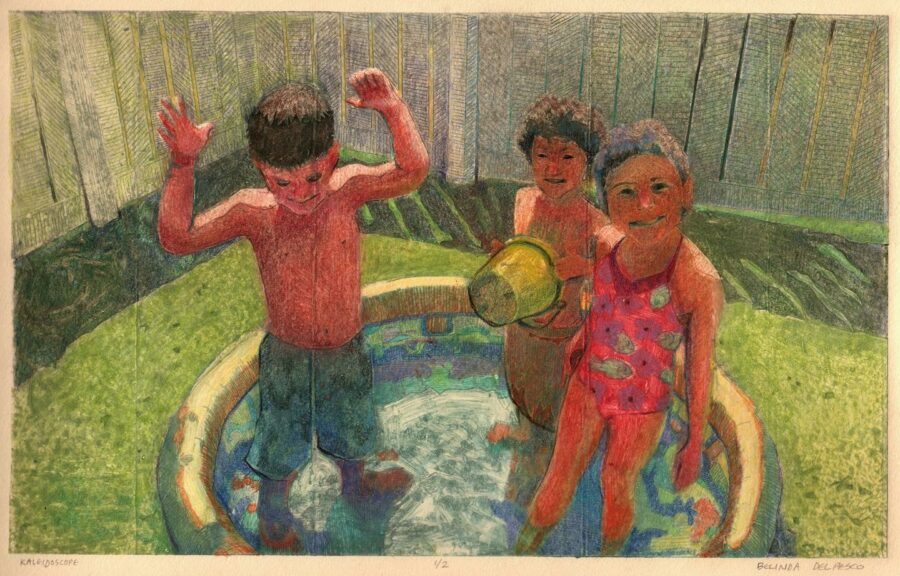
Belinda, your Tetra Pak collagraph print looks stunning! It’s amazing to see how creative you’ve been during the pandemic, exploring unconventional printmaking methods with household materials. The Uppercase book on Art Supplies sounds fascinating, and your inclusion is well-deserved. Keep inspiring others with your inventive artistry and experimentation. Bravo!
Hi Muhammad, Thanks for your encouragement, and I wish you the same to encourage crafters and creatives out there who need a little nudge. 🙂
Hi Belinda – finally tried the tetrapak drypoint printing – thanks to your great instructions. Love it ! Do you save the plates to use again? How do you clean them?
Hello Ada! Thanks for the feedback – I’m glad you gave it a go. I do save the plates to make more, but that’s totally up to you. I clean mine with a damp paper towel – since I’m using Akua inks and they clean up with water. Then I fold a piece of clean newsprint around the plate, put it in a folder with the title, date, print-type, edition size on the label, and store it with all my other prints in baskets arranged alphabetically.
Thank you for sharing. I love the effects of intaglio printing.
Hi Virginia, Me too! I’m glad the post resonated with you.
Hello! Do you have a favorite paper you like to use for hand printing?
I hope you are well. I enjoy learning from your posts.
Wendy
Hi Wendy, WHen hand-printing, I find that thinner paper, with very little texture works best. Lightweight (180gsm) BFK Rives ( https://amzn.to/3eQsI6v ) is nice paper, with a bit of a drape, two deckeld edges, and great adherence to printmaking ink under a spoon or a baren. If printing from a gelli plate, I also like Arnhem 1618 ( https://amzn.to/3xw1859 ), though it’s a heavier, stiffer paper, it’s lovely and has a satiny bright white finish. Thanks for your good wishes… I appreciate that. 🙂